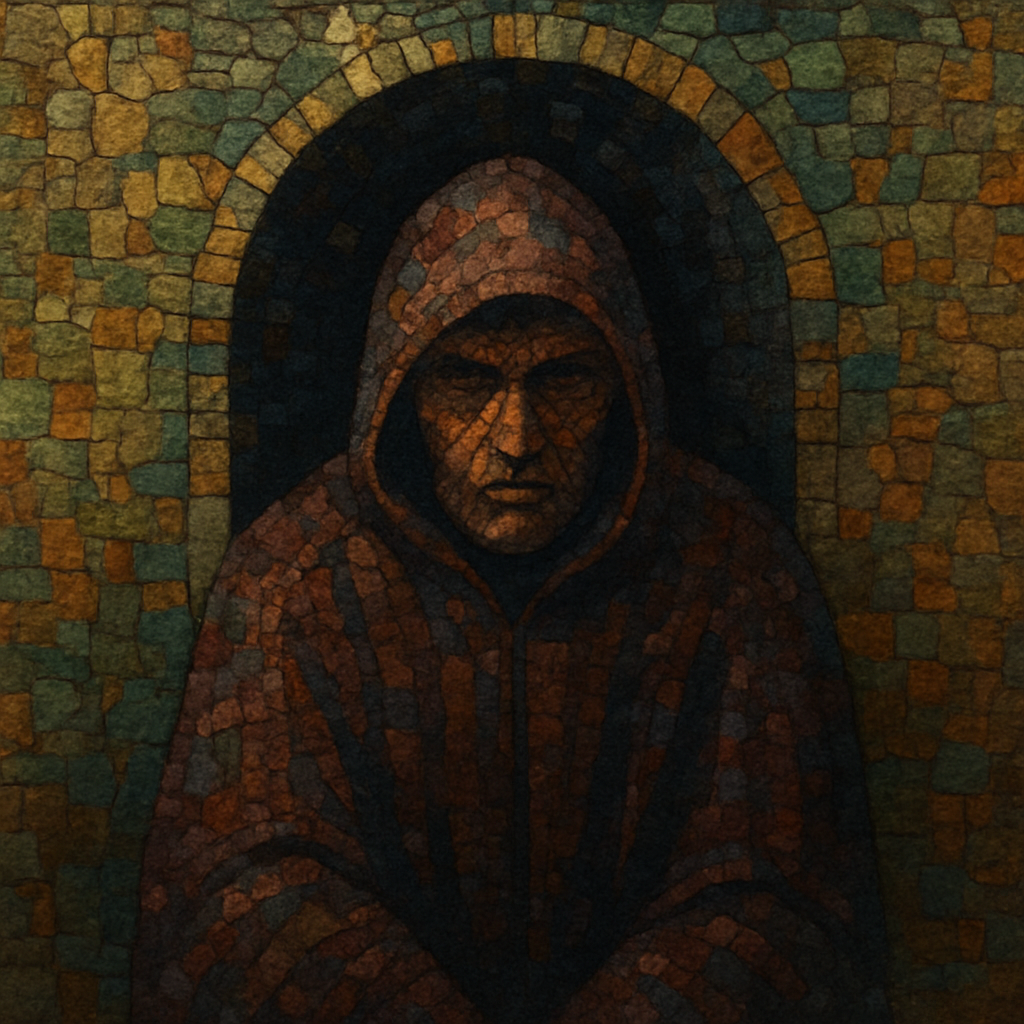There is a figure lurking in the shadows of our psyche—a part of us we often ignore, avoid, or deny. He is stubborn, bitter, and endlessly self-critical. He is also strangely familiar. Meet the Underground Man, the central character of Fyodor Dostoevsky’s Notes from Underground, and the unexpected guide to a life of greater authenticity. In James Hollis’s illuminating course on Jung Platform, this uncomfortable yet deeply human figure becomes the starting point for a transformative exploration of our inner lives.
The Underground Man embodies what Carl Jung called the shadow—the aspects of ourselves that don’t fit our desired self-image. These are the parts we exile, believing that to acknowledge them would disrupt the carefully constructed identities we present to the world. Yet these disowned fragments hold tremendous power. They influence our relationships, shape our decisions, and linger as unresolved feelings or nagging doubts. In the shadow, the soul hides its secrets, waiting for the moment when we will finally turn to face it.
Through the lens of the Underground Man, Hollis invites us into a sacred and necessary confrontation with our own shadow. This journey is not easy—few soulful paths are—but it is essential. To know ourselves fully, we must meet what lies beneath the surface, even if it unsettles us. It is here, in the shadow’s embrace, that the soul begins to deepen.
The Shadow as a Friend
For many, the shadow appears as an adversary. It shows up in spiteful thoughts, self-sabotaging behaviors, or those uncomfortable emotions we’d rather not feel. The Underground Man, cynical and resentful, seems to thrive on this discomfort. He mocks our attempts to be virtuous, exposes our hypocrisies, and refuses to participate in the narratives of progress or self-improvement that we cling to so desperately.
Yet, as Hollis points out, there is wisdom in this uncomfortable figure. His bitterness is not random; it emerges from the pain of living inauthentically. The Underground Man, for all his venom, reminds us that parts of ourselves long to be seen and acknowledged. In rejecting him, we reject the parts of our own soul that cry out for attention.
Hollis’s course doesn’t ask us to idolize the Underground Man but to listen to him. By softening our stance toward this inner figure, we begin to reclaim the pieces of ourselves that we have cast out. This isn’t an act of indulgence; it is an act of love. To love the shadow is to love ourselves—not as we wish we were but as we truly are.
Why This Journey Matters
In a world obsessed with perfection and positivity, the shadow has no place. We are taught to hide our flaws, suppress our anger, and mask our sadness with a smile. But this repression comes at a cost. What we bury doesn’t disappear—it festers, creating inner tension and outward conflict. The more we push it away, the more it controls us from the depths.
The Underground Man refuses to let us live this way. He demands that we confront the truth of our lives, no matter how uncomfortable it may be. As Hollis explains, this confrontation is not about wallowing in despair or succumbing to negativity. It is about integrating the shadow into our conscious lives, making space for the fullness of our humanity.
When we embrace the shadow, we free ourselves from the exhausting task of maintaining a false self. We become more compassionate toward others because we recognize our shared struggles and contradictions. And we find a deeper sense of purpose, as the shadow often points to the parts of our soul that yearn to be expressed.
An Invitation to Transformation
The journey of embracing the shadow is one of paradox. It begins by meeting what we resist most—our own contradictions, fears, and imperfections. It asks us to step into discomfort, to sit with the bitterness of the Underground Man without turning away. This is not a descent into despair but a journey toward integration, where the scattered parts of our psyche come together in greater harmony.
In encountering the shadow, we discover surprising gifts: an honesty that cuts through pretense, a creativity that flows from untapped depths, and a profound sense of freedom. The shadow teaches us that wholeness is not about perfection but about fullness. It reminds us that every part of us—light and dark, beautiful and broken—has a place in the tapestry of our lives.
This is the work of self-love in its truest sense. It is not about denying our flaws but about embracing them, finding within them the seeds of transformation. The Underground Man, for all his cynicism, points us back to the essential truth: we cannot fully love ourselves without first meeting the parts we are most tempted to hide.
A Soulful Step Forward
The path of shadow work is not for the faint-hearted, but it is for those who long to live with depth and authenticity. It is for those who sense that the answers they seek cannot be found on the surface but require a descent into the soul’s depths. Hollis’s course is a gentle yet powerful guide for this journey, offering wisdom, clarity, and compassion.
In meeting the Underground Man, we meet ourselves. In embracing the shadow, we embrace our wholeness. And in doing so, we take a step toward the soulful, transformative life we were always meant to live.
Tim – Soulful Nuggets Team
This blog is a reflection on the course ‘Love Your Dark Shadow‘
by James Hollis on JungPlatform.com


